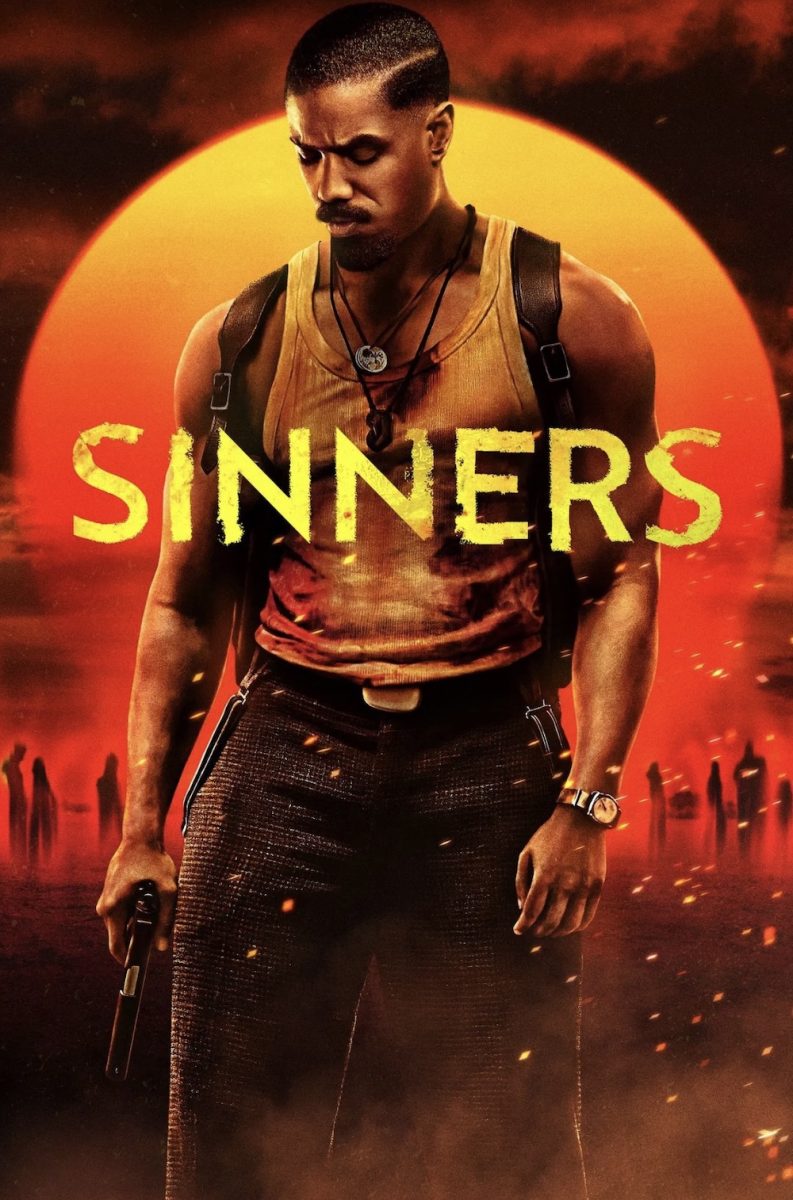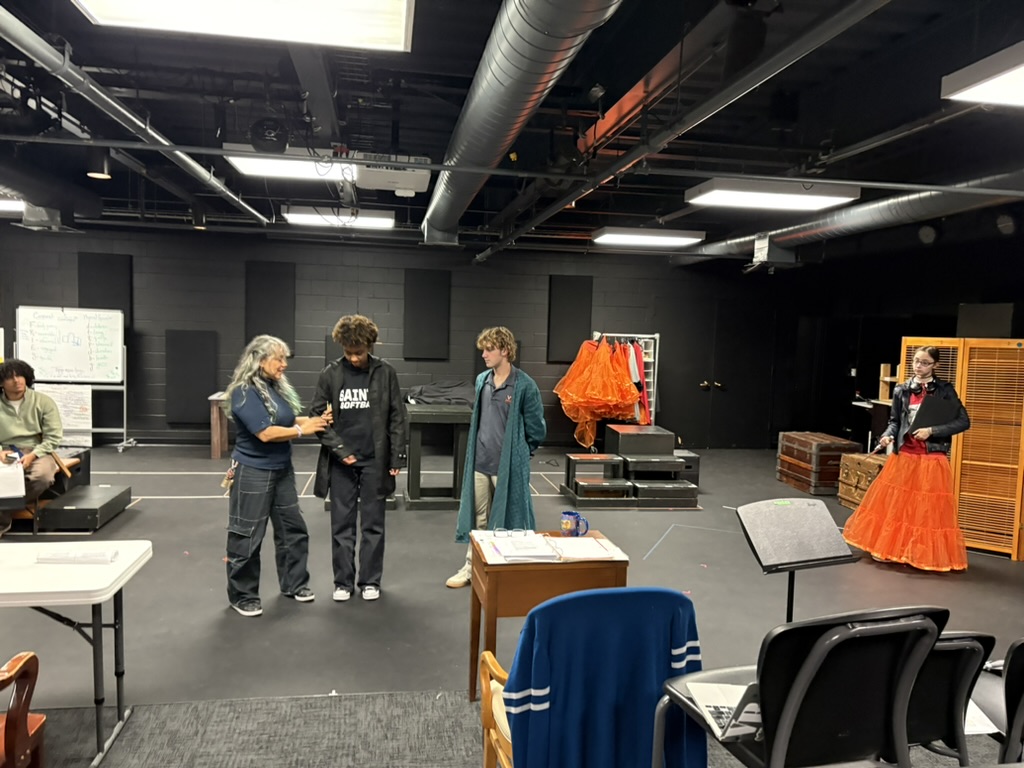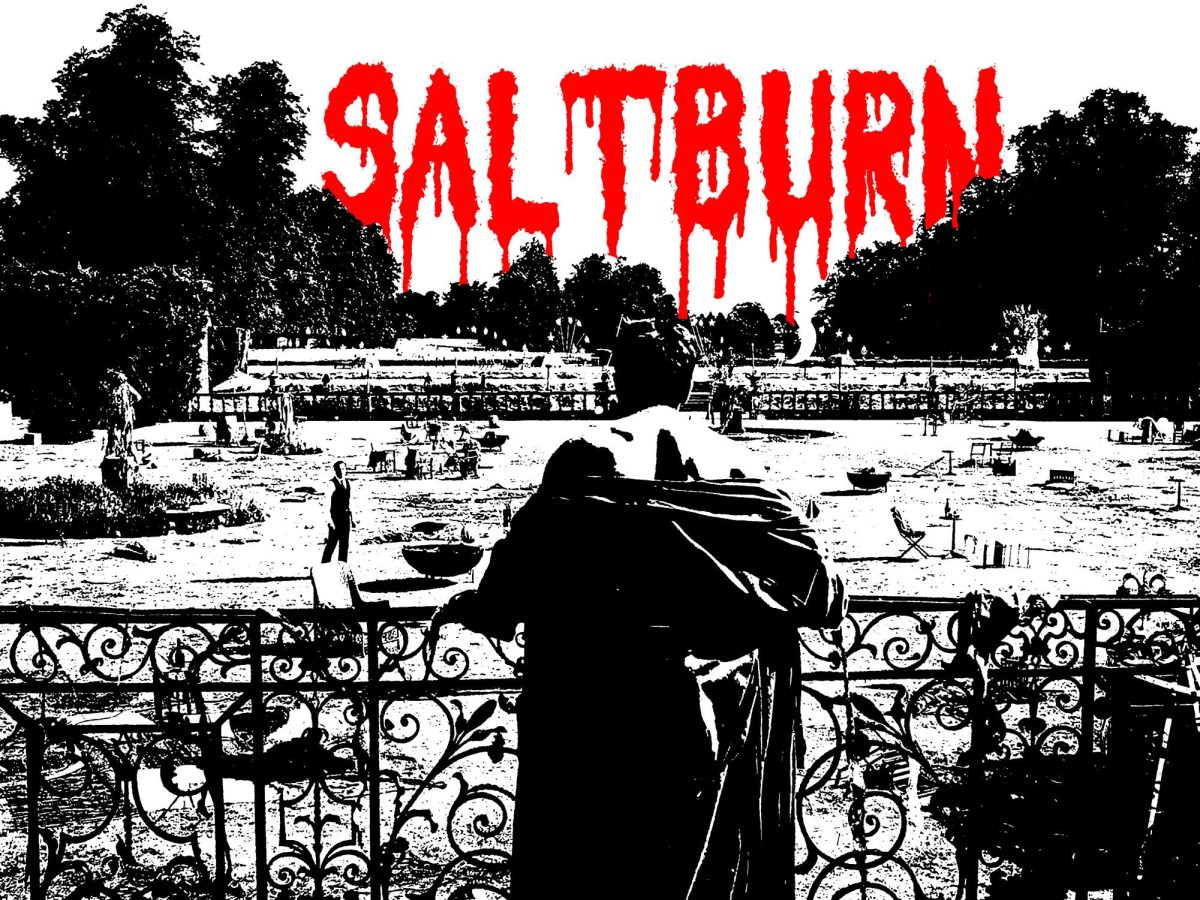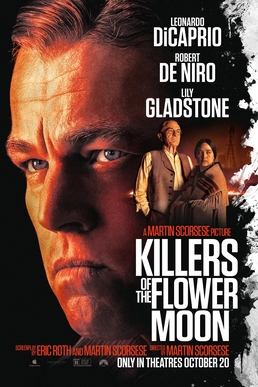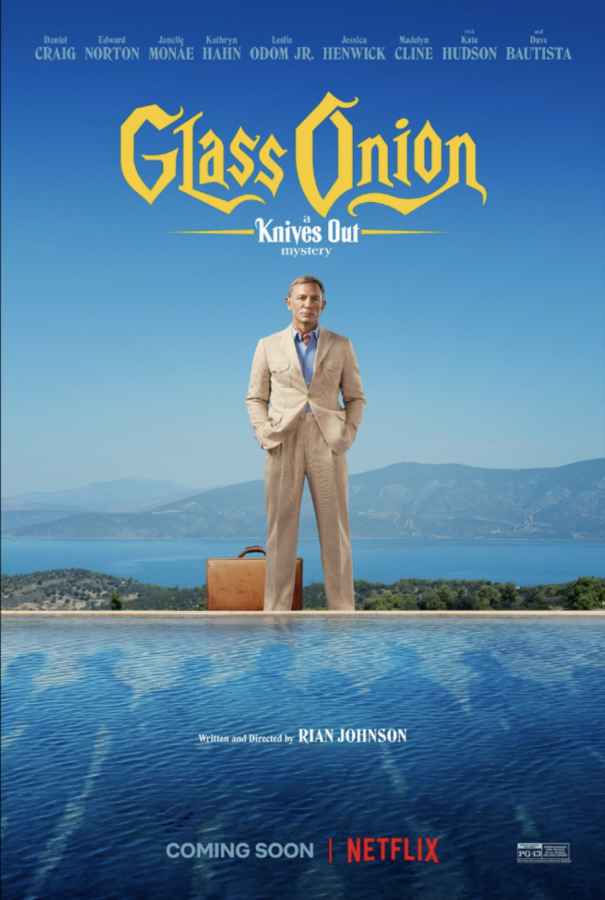While us common folk tend to dwell on ideas for miniscule amounts of time, artists are different. Craft brings along an entirely different determination, singling out rational conclusion, for bold thinking. It’s certainly how Francis Ford Coppola’s brain was rocked over the course of more than 40 years as he envisioned what is now the commercial failure Megalopolis. This is the guy who also made The Godfather. He’s made a once-in-a-lifetime movie starring the past and present of Hollywood stars. It’s been in development longer than I’ve been alive! What’s the result? Polarization of anyone who isn’t head over heels for the director.
While the idea that all men think about the Roman Empire every day may have its flaws, Coppola certainly does. Set in an alternate reality where New York is “New Rome,” Megalopolis tells the story of Cesar Catalina; the head designer of architecture, preparing the city for a rebuild on the verge of a meteor. The runtime consists of Cesar planning a rebuild of New Rome, colliding interests and views with Mayor Cicero (played by Giancarlo Espisito) and struggling to cope with the loss of his mother.
Coppola’s commercial appeal came from what he was adapting most of the time. Mario Puzo’s The Godfather had already sold millions of copies by the movie’s release, so did Joseph Conrad’s Heart of Darkness, Bram Stoker’s Dracula, and so on. Coppola, at his heart, is an experimental director. He constantly innovates and changes his style as the world progresses and changes, to work with new mediums and advances in technology. Megalopolis is filmed with IMAX cameras, most of the story is told through images, and the narrative is incredibly loose. Dialogue often goes nowhere, occasionally trailing off into monologues about nothing. Uses of CGI are bizarre, messing with every possible perception. One of the characters is named “Wow Platinum.”
If that sounds over the top to you, that’s because it is. At this point in his career Coppola makes movies for himself. To be clear, this isn’t a bad thing. For the niche audience he has, the fans are happy. Coppola doesn’t play by commercial rules, self-funding Megalopolis with money from his winery, and other private outlets. No studio wants him, yet his love of the craft goes beyond everything. Over the past fifty or so years, we’ve seen a drastic shift in Hollywood, moving away from auteur directors, and experimental artists in favor of safe, low hanging fruit. Coppola never takes the easy way out. If you’re still pushing movies out at the age of 85, let alone reworking and tweaking your technique, you’re a generational talent.
In terms of performances, there isn’t a single actor not devoted to performance, which is commonly evoked by the presence of a respected director. Jon Voight, and Shia Lebouf stand out more than most, coming off of recent controversies. These performances, while not career revivals, are incredibly powerful, and show Coppola’s power and influence to achieve such emotion. Adam Driver shines as his eccentric self, and everyone else leaves quite the impression on screen.
To understand Coppola, you have to understand grief. In the last 15 years, Coppola has lost his brother August, his mother Italia, his uncle Antonio, and most recently his wife Eleanor. Coppola stands alone, as his family slowly falls apart, creating a bulk of his work in dedication to them. Megalopolis feels in many ways like his most sentimental piece, and something he wishes all of those he’s lost could be with him to see.
Megalopolis is dazzling in the funniest yet boldest of ways, and really sets the bar high for theatrical releases in the 21st century. Throwing a lot of things at the wall they somehow seem to stick together in ways I didn’t expect. Coppola’s passion without a doubt exceeds all expectations, whether good or bad.













